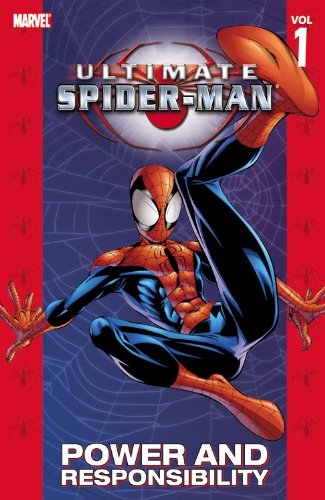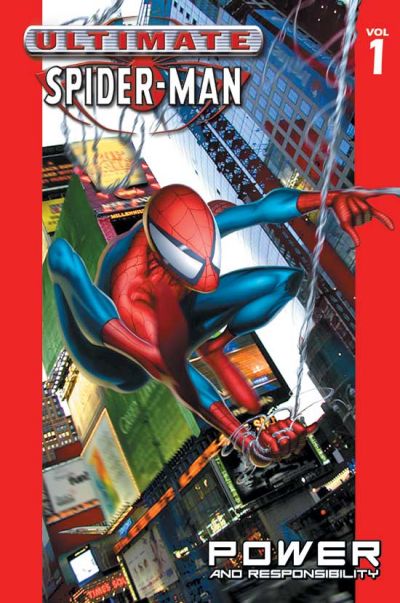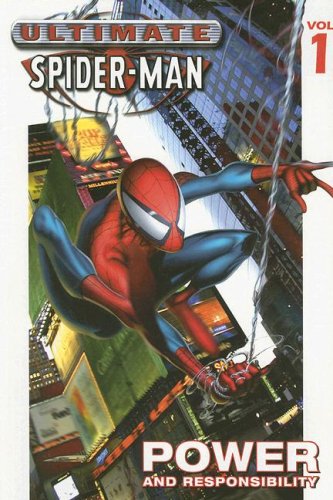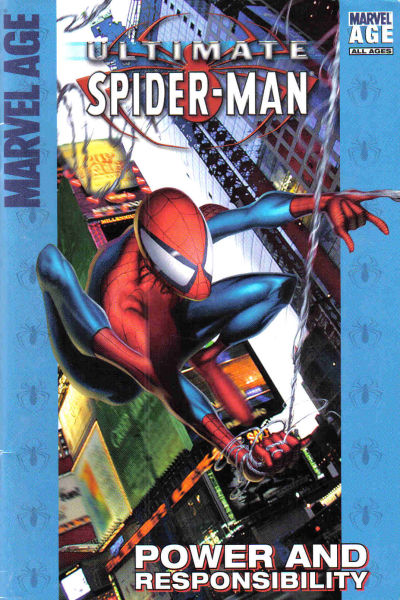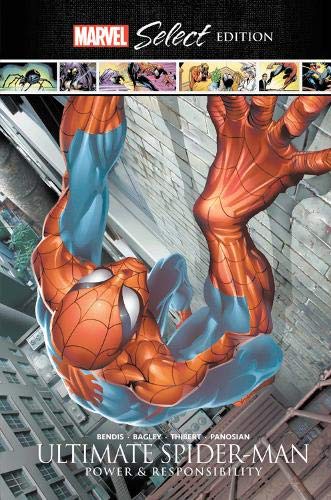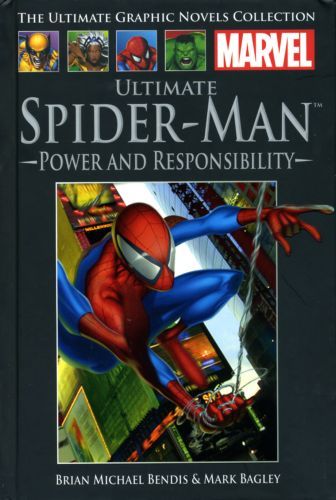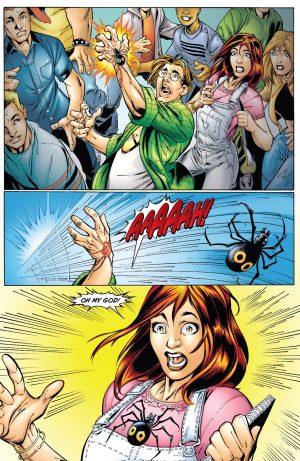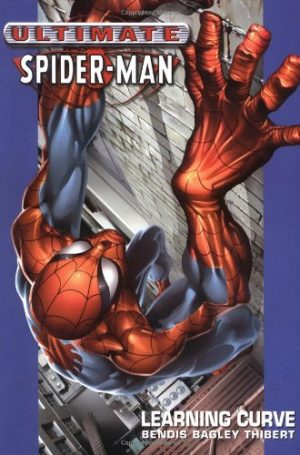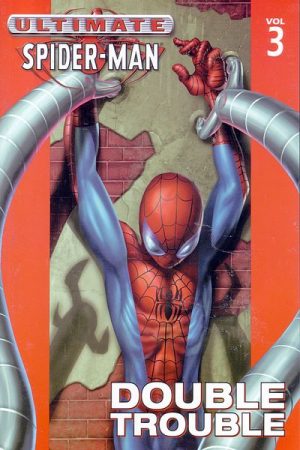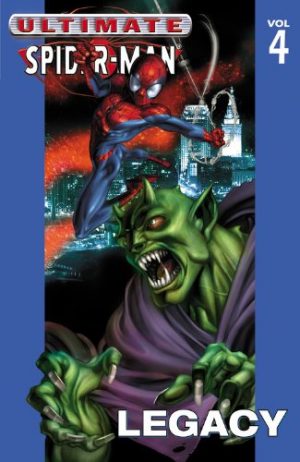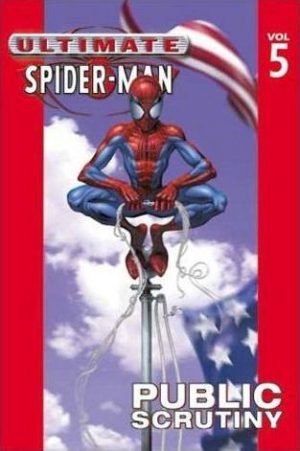Review by Frank Plowright
Marvel’s 1999 announcement that they intended to launch a new line in which Spider-Man was rebooted from the beginning was largely greeted with a world-weary cynicism by fans. The 1990s had hardly been Marvel’s glory decade, and the announced creative team was hardly a selling point. Brian Michael Bendis was only known as the writer of a few crime comics, Mark Bagley was never a fan favourite artist, and co-plotter Bill Jemas was a marketing executive. Power and Responsibility proves there are occasions when the fans are way off beam, and Marvel know what they’re doing. Almost the only wrong note is that much of the plot reworks a story created by Stan Lee and Steve Ditko, yet there’s not so much as a sniff of a credit upfront, although the opening chapter acknowledges the contribution.
What fans didn’t know was that Bendis would become the superhero writer at Marvel for twenty years, redefining the form and characters, and they didn’t give enough credit for Bagley being the Sal Buscema of his generation. His pages don’t have individual flash or style, but there’s total clarity to the storytelling, the important cast members are easily recognised, and his Spider-Man action hits the spot. Add that to Bendis providing the authentic voice of late 1990s teenagers and the thrill of seeing Spider-Man’s enemies re-emerge one by one, never mind Spider-Man himself without as much baggage, and Power and Responsibility remains one thrilling read.
Over this establishing volume Jemas and Bendis don’t stray far from the template of Peter Parker as a geeky high school kid bitten by a radioactive spider. He lives with his elderly Aunt May, but don’t become too fond of his Uncle Ben. The changes made are minor, and logical considering what’s to follow. It’s now in Norman Osborn’s laboratories that Peter Parker is bitten by a spider, while Harry Osborn and Mary-Jane Watson form part of the school supporting cast from the beginning, and new character Kong, introduced as Flash Thompson’s bullying mate, proves surprising. Otherwise what was essentially covered in fourteen pages by Lee and Ditko in 1961 is stretched over five chapters, but this isn’t decompression for the sake of it. Peter’s life is more thoroughly explored, as are his reactions and surprise as he gradually discovers what he’s now capable of. Osborn Senior is a constant malign and scheming background presence, and provides Power and Responsibility’s only supervillain in the final chapter, with J. Jonah Jameson and the Daily Bugle introduced a chapter beforehand.
Some aspects have dated, always a possibility when a project is designed to be modern and outlives its era. It impacts more on Bagley, as the visuals are the first casualty due to fashions, but Art Thibert’s inking of Bagley’s pencils does them no favours, squaring off faces and adding strange lines. Bendis is still feeling his way as a writer, and at times the dialogue runs away with him, while it’s surprising for comics produced in 1999 that so little concession is made to a more integrated society, but otherwise this still reads very well. Subsequent volumes continue to introduce villains created by Lee and Ditko, but starting with Learning Curve, they take a more individual path.
Power and Responsibility is combined with Learning Curve in hardcover as Ultimate Spider-Man Vol. 1, and in paperback as Ultimate Spider-Man Ultimate Collection Vol. 1. It’s also available in numerous editions from hardbound to child-friendly. It also picked up the 2002 Eagle Award for Best New Title.
